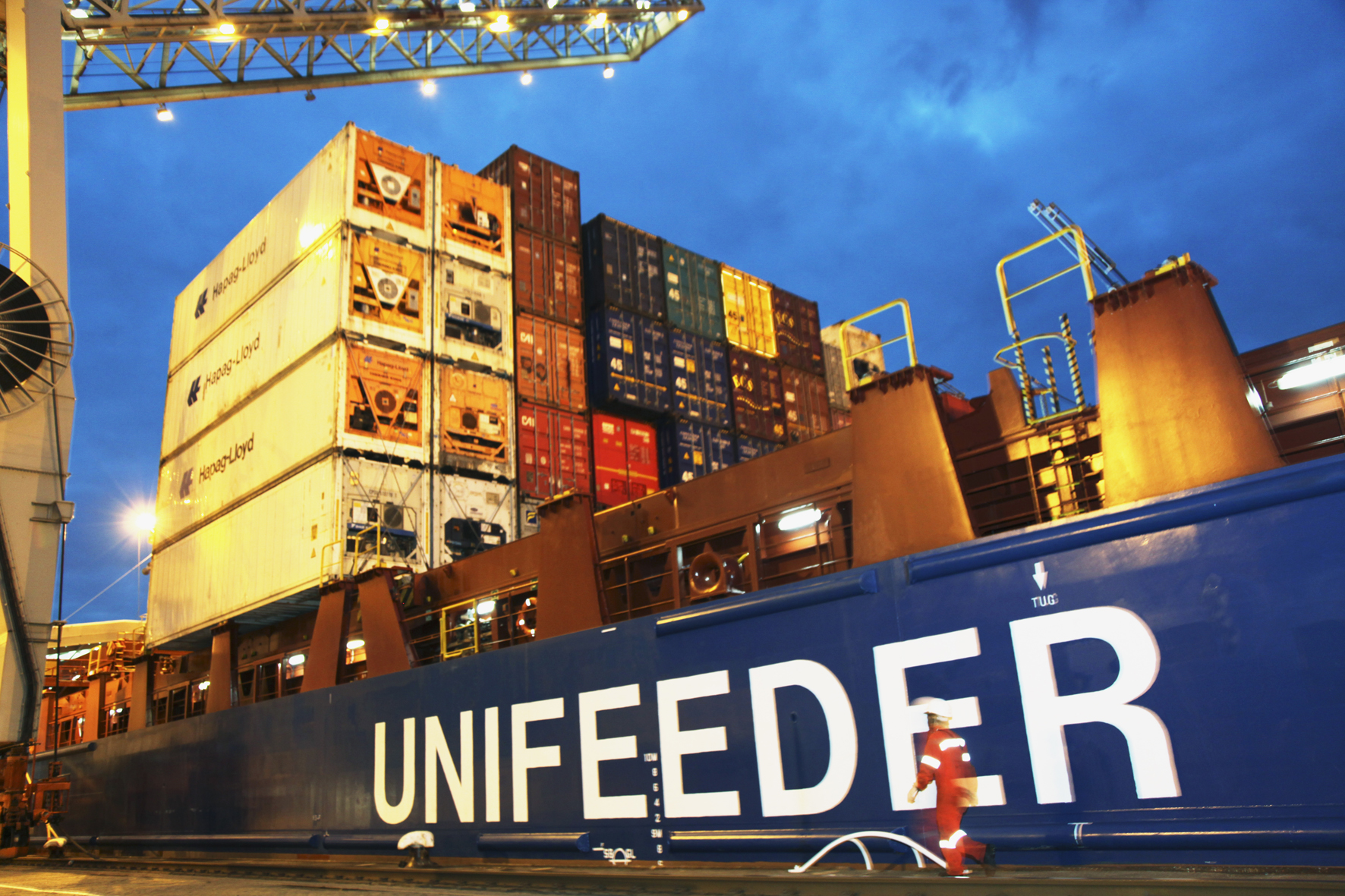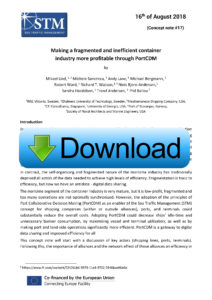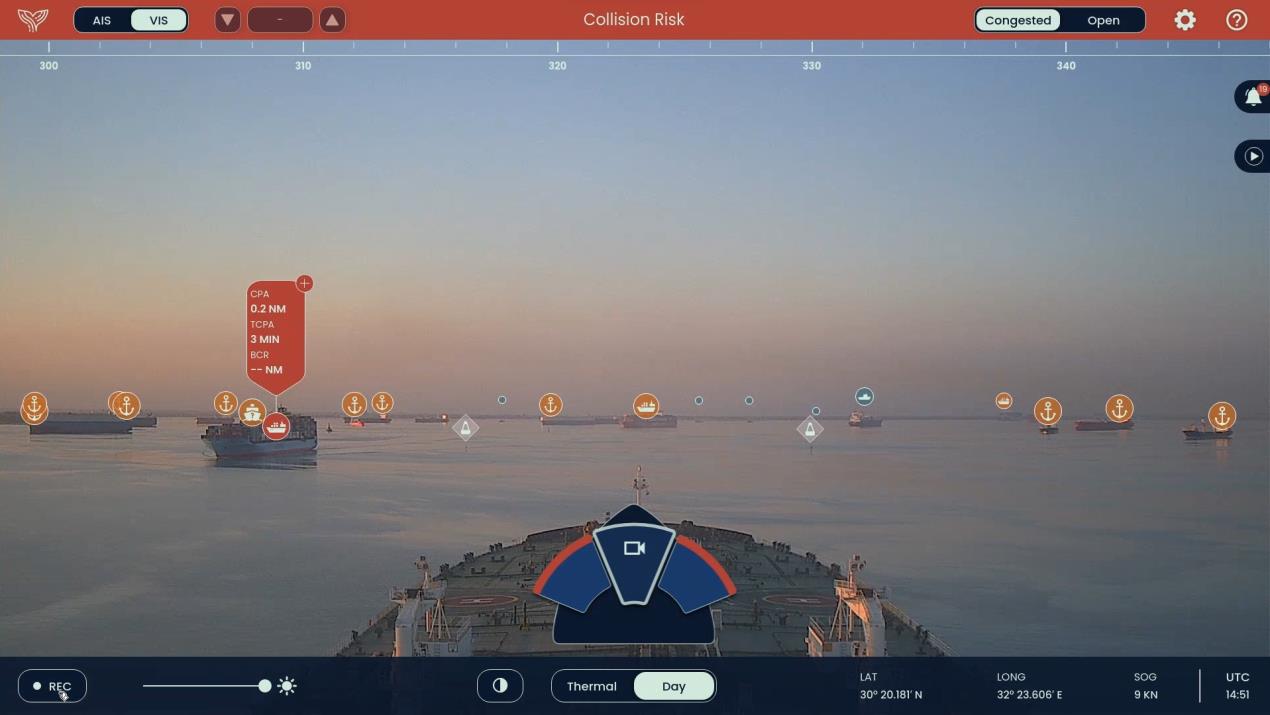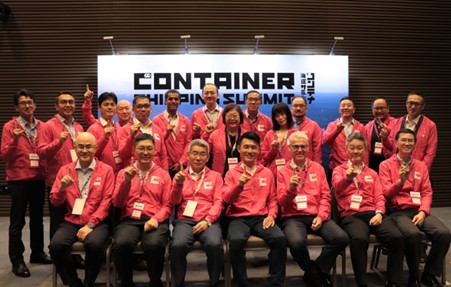IN THE latest Concept Note underscoring the development of the Port Collaborative Decision Making concept that aims to automate and standardise port call information, a comparison is made between the lean manufacturing ethos of Japanese carmakers, notably Toyota, and how certain players in the container shipping market seek to be dominant players in the transport chain.
DP World’s acquisition of Unifeeder for $762.8m this summer had the analysts pondering the continued container industry consolidation, albeit with signs that this deal was clearly a push in a different direction: A terminal operator getting hold of a shipping line.
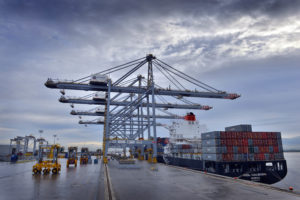
DP World operates 14 terminals in Northern Europe and in the Mediterranean. Unifeeder, which acquired United Feeder Services in 2013 to expand into the Mediterranean region, is an asset light company, with about 60 vessels on charter. By acquiring a feeder line, DP World extends its authoritative position to the shipping part of the transport chain. This is in juxtaposition to how Maersk and others have been active over the years operating their own terminals.
Add this trend to the grouping of the container lines into alliances and one sees how competitive forces are trying to push forward increased efficiency and therefore raise current margins in a market that has been under significant pressure in recent years.
The Port CDM Concept, which is part of the EU funded and Sweden-led STM Validation Project, pushes for software enabled messaging standards to enhance port to port efficiencies, as well as better aligning ports, ships and even the businesses inside a port that are instrumental in a vessels efficient port call, such as pilots, terminal operators and tugs.
The latest Port CDM Concept notes examines all the main container lines and ports, looks at their current performance thresholds and how they compare against the 3PL and freight forwarders that have better margins.
As they fight to gain control of vertical value chains, and here one can see the comparison with the Kaizen philosophy from Japan, (Kaizen means continuous improvement) one can argue that this will lead to increased inefficiencies as competition increases.
The authors of the Port CDM Concept Note argue for integration of a third way, one where relevant and standardised port call data is available for actors across the competitive boundaries of the alliances and other competitive chasms, thus ensuring all ports, terminals and ships collectively benefit from port call optimisation as they push to etch out every operational efficiency from the transport chain.
Download the 17th Port CDM Concept Note here
Fathom.News























